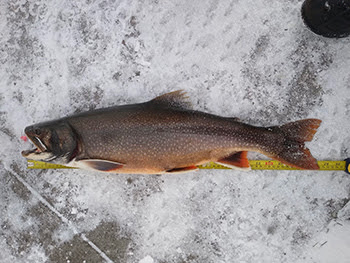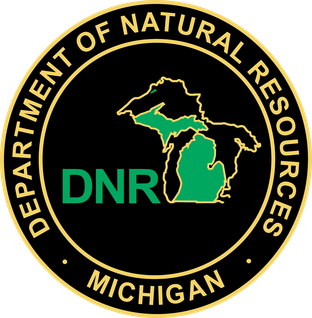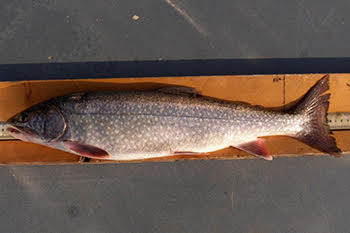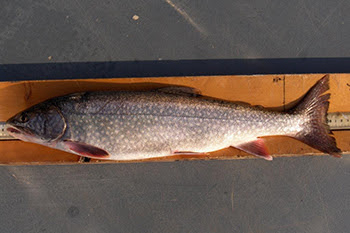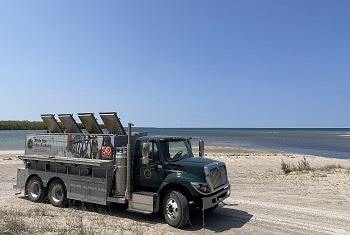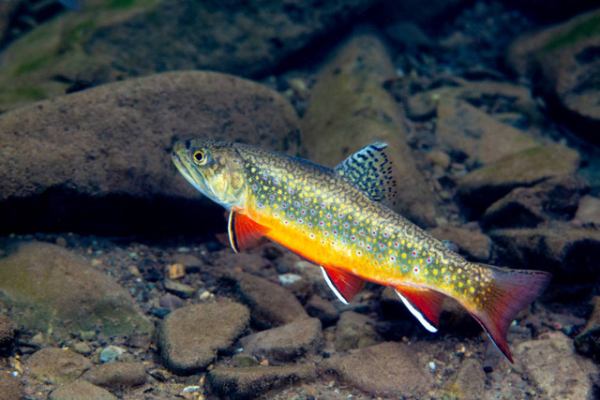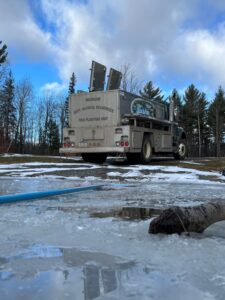Lake Superior Anglers Asked to Report Marked Splake
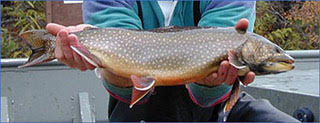
Starting this week, the Michigan Department of Natural Resources will begin evaluating the Lake Superior splake fishery through a special study using marked fish. Splake, which are a hybrid cross between lake trout and brook trout, have been stocked in Lake Superior most years since 1971, with annual stocking since 1990.
In Lake Superior, the DNR stocks splake in Munising, Copper Harbor and occasionally in Keweenaw Bay. Splake are stocked with the intent to create nearshore fishing opportunities in smaller bays of Lake Superior, where some fisheries are available year-round. This study will help fisheries managers understand the percentage of stocked fish caught by anglers, home range of splake, and harvest metrics such as harvest rates and size at harvest by year and location. Knowing how successful the DNR’s splake-stocking efforts are allows for the best management of Lake Superior fisheries.
Anyone catching a splake should inspect it for missing fins or a jaw-bone clip, which indicate it has been marked. Marked fish then can be reported at Michigan.gov/EyesintheField, where anglers can provide information such as species, length, weight, sex, and date and location caught.
Marked splake also can be reported to DNR creel staff stationed at various ports along the Lake Superior shoreline. Due to their hybrid cross between lake trout and brook trout, splake can take the external appearance of the parent species, making them difficult to distinguish. Creel staff can help to correctly identify the fish and record angler trip data.
The DNR will be marking splake through 2025, with the evaluation study being conducted through 2030. Anglers are reminded that other natural resources agencies and tribal units mark a variety of fish species for different evaluation purposes.
For more information on fish marking in Michigan, visit Michigan.gov/TaggedFish.
|

